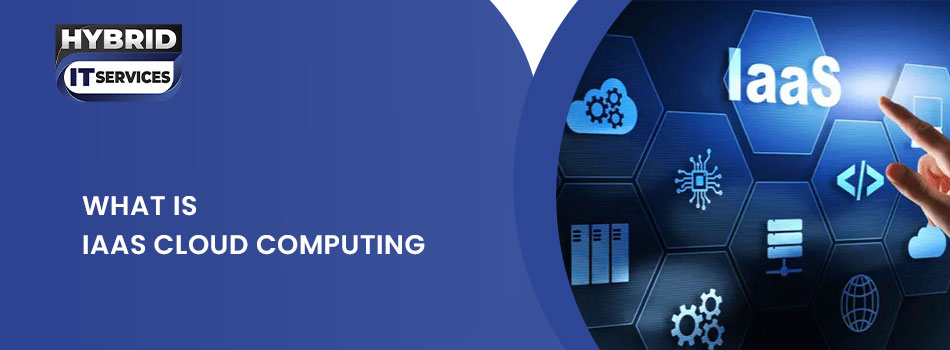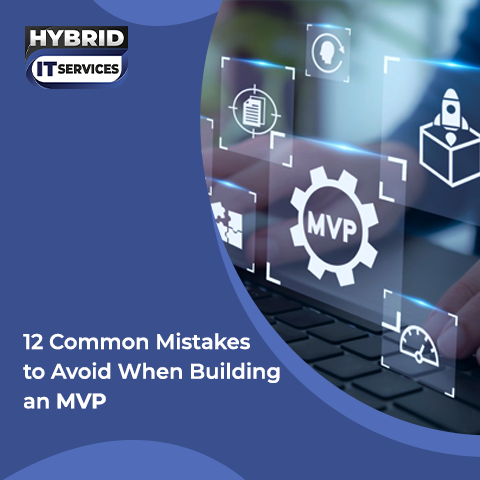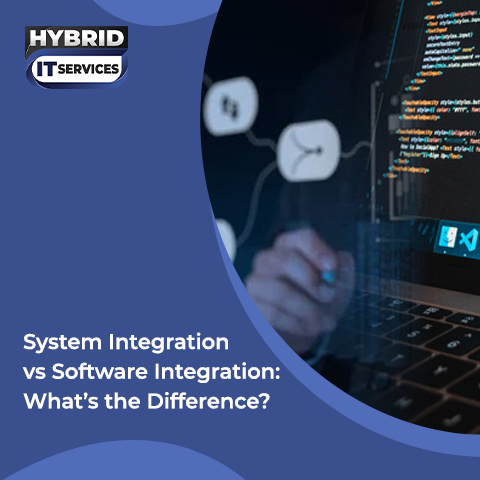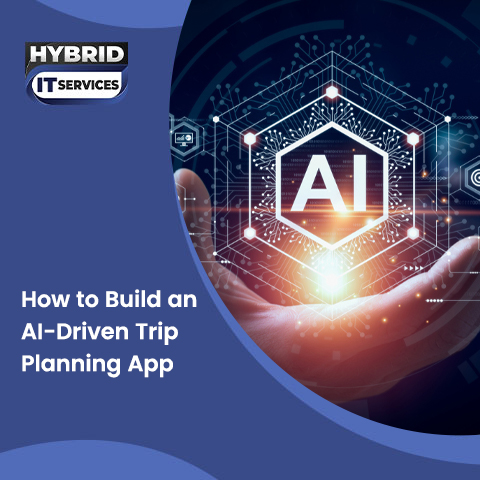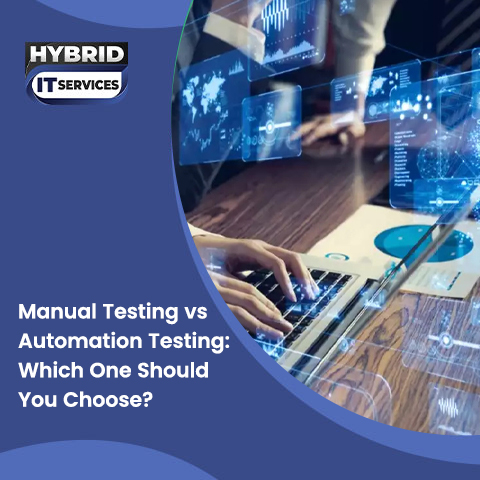Cloud computing refers to the delivery of computing services such as servers, storage, databases, networking, software, and analytics over the internet ("the cloud"). This approach allows organizations to access and utilize these resources without needing to invest in and maintain their own on-premises IT infrastructure.
Understanding Cloud Computing Models
Cloud computing is generally categorized into three main models:
- Software as a Service (SaaS): Provides access to software applications over the internet.
- Platform as a Service (PaaS): Offers a platform allowing customers to develop, run, and manage applications without dealing with the underlying infrastructure.
- Infrastructure as a Service (IaaS): Supplies the basic computing infrastructure, including virtual machines, storage, and networking.
What is IaaS?
Infrastructure as a Service (IaaS) is a cloud computing model that provides virtualized computing resources over the Internet. With IaaS, businesses can rent IT infrastructure servers, storage, and networking hardware from a cloud provider on a pay-as-you-go basis. This model is akin to outsourcing the physical infrastructure of a data center while maintaining control over software, applications, and operating systems.
Key Components of IaaS
- Compute Resources: IaaS provides virtual machines (VMs) or physical servers to run applications and workloads. These virtualized compute resources can be scaled up or down based on demand.
- Storage: IaaS offers scalable storage solutions, including block storage (for use with VMs), file storage, and object storage. This allows businesses to store and manage data in the cloud.
- Networking: Cloud providers deliver networking capabilities such as virtual private networks (VPNs), load balancers, and firewalls to ensure secure and efficient data transfer within and outside the cloud environment.
- Other Services: Many IaaS providers also offer additional services like monitoring, security, backup, and disaster recovery.
You May Also Read: How to Strategically Develop Custom Database Software?
How Does IaaS Work?
IaaS works by providing businesses with virtualized resources through a cloud provider’s infrastructure. Here's a step-by-step breakdown of how it functions:
- Provisioning Resources: Businesses can request and provision compute resources (like VMs), storage, and networking components through the cloud provider’s management console or APIs. The resources are allocated and configured according to the organization's needs.
- Virtualization: The cloud provider uses virtualization technology to create multiple virtual instances of physical resources, allowing users to share and optimize the infrastructure.
- Scalability: IaaS allows businesses to scale their resources up or down based on demand. For instance, during peak usage periods, additional virtual machines can be deployed quickly, and once demand decreases, these resources can be decommissioned.
- Pay-as-You-Go: Organizations are billed based on their actual usage of resources, which helps in optimizing costs. This model offers flexibility and financial efficiency, as businesses only pay for what they use.
Benefits of IaaS
IaaS offers numerous advantages, making it a popular choice for businesses of all sizes. Here are some key benefits:
Cost Savings:
One of the primary advantages of IaaS is cost efficiency. Businesses can avoid the capital expenses associated with purchasing and maintaining physical servers and data centers. Instead, they pay for what they use, converting capital expenses into operational expenses.
Scalability and Flexibility:
IaaS provides unmatched scalability. Businesses can quickly scale resources up or down based on their needs without worrying about the physical limitations of on-premises infrastructure. This flexibility is particularly beneficial for companies with fluctuating workloads.
Reduced Time to Market:
With IaaS, businesses can deploy new applications and services faster. The ability to provision resources on-demand eliminates the need for lengthy procurement processes, allowing organizations to bring products to market more quickly.
Focus on Core Business:
By outsourcing infrastructure management to a cloud provider, businesses can focus more on their core activities, such as product development and customer service, rather than on IT maintenance.
Disaster Recovery and Business Continuity:
IaaS providers often offer robust backup and disaster recovery solutions. These services ensure that businesses can quickly recover their data and continue operations in the event of a disaster or system failure.
Global Reach:
Most IaaS providers have data centers around the world, allowing businesses to deploy applications and services closer to their end-users. This global reach helps reduce latency and improve performance.
Challenges of IaaS
While IaaS offers many benefits, it also comes with its own set of challenges:
Security Concerns:
Since IaaS involves outsourcing infrastructure to a third-party provider, security becomes a shared responsibility. Businesses must ensure that their data is protected and comply with industry regulations, while cloud providers are responsible for securing the underlying infrastructure.
Management Complexity:
Although IaaS offloads hardware management to the provider, businesses still need to manage the software, applications, and data running on the infrastructure. This requires IT expertise to handle configurations, updates, and patches.
Potential Downtime:
While IaaS providers typically offer high availability, no system is completely immune to downtime. Businesses must plan for potential outages and ensure that they have contingency plans in place.
Vendor Lock-In:
Moving workloads from one IaaS provider to another can be complex and costly. This creates a risk of vendor lock-in, where businesses become dependent on a single provider's ecosystem, making it difficult to switch without significant effort.
Performance Variability:
Because IaaS relies on shared resources, there can be performance variability depending on the provider’s infrastructure and the demands of other users. Businesses need to monitor performance closely and adjust resources as needed.
Real-World Applications of IaaS
IaaS is used in a variety of industries and scenarios. Here are some common use cases:
IaaS is ideal for software development and testing environments. Developers can quickly provision virtual machines, storage, and networking resources to build, test, and deploy applications without waiting for physical hardware.
Many businesses use IaaS to host websites and web applications. IaaS provides the flexibility to scale resources based on traffic, ensuring that websites remain responsive and available even during high-demand periods. IaaS is widely used for backup and disaster recovery purposes. Businesses can store backups in the cloud and quickly spin up virtual machines in the event of a disaster, minimizing downtime and data loss.
Choosing the Right IaaS Provider
When selecting an IaaS provider, businesses should consider several factors:
- Performance and Reliability: Evaluate the provider’s uptime history, performance benchmarks, and global reach.
- Security and Compliance: Ensure the provider offers robust security measures and complies with industry regulations relevant to your business.
- Pricing Model: Understand the pricing structure and ensure it aligns with your budget and usage patterns.
- Support and Services: Assess the level of customer support, documentation, and additional services offered by the provider.
- Scalability and Flexibility: Ensure the provider can scale resources efficiently as your business grows.
Conclusion
Infrastructure as a Service (IaaS) is a powerful cloud computing model that provides businesses with scalable, flexible, and cost-effective IT infrastructure. By leveraging IaaS, organizations can focus on their core competencies while benefiting from the latest technology without the burden of managing physical hardware. However, like any technology, IaaS comes with challenges that need to be carefully managed to maximize its benefits.
Custom Database Development Services in Arizona is likely to play an increasingly important role in enabling growth, agility, and competitive advantage. By understanding the ins and outs of IaaS, businesses can make informed decisions about how to best utilize this technology to meet their needs.

